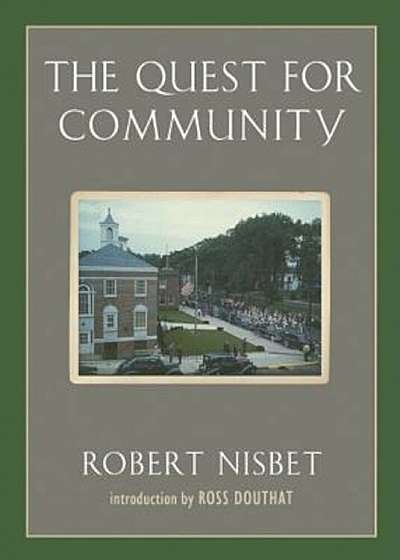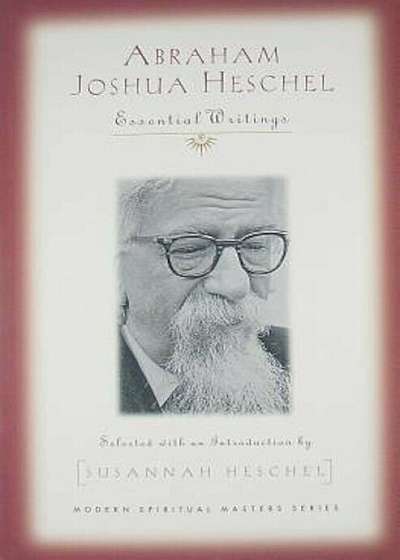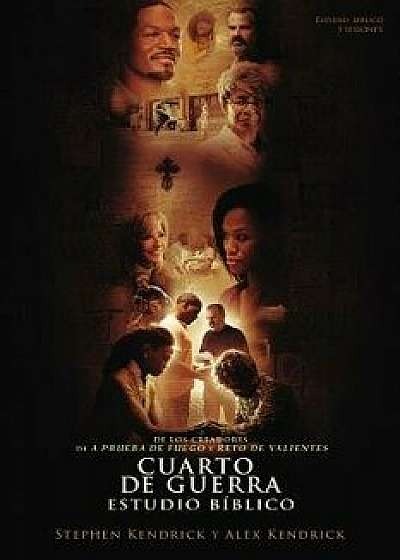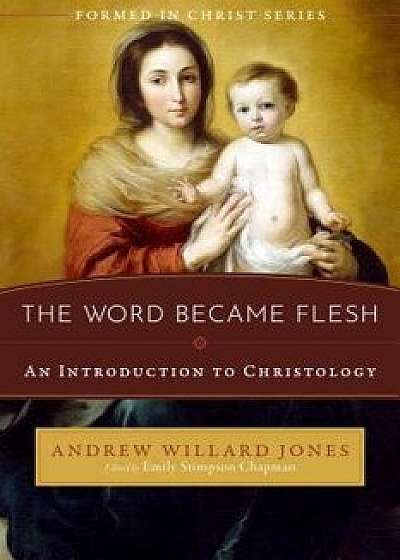
Before Church and State: A Study of Social Order in the Sacramental Kingdom of St. Louis IX, Hardcover
Descriere
Before Church and State: A Study of Social Order in the Sacramental Kingdom of St. Louis IX explores the ""problem of Church and State"" in thirteenth century France by taking a detailed look at the lives of two men, Gui Foucois (Pope Clement IV) and Louis IX and the institutions they helped build. It argues that the ""problem"" of Church and State did not exist in the thirteenth century. The spiritual and temporal powers existed, to be sure, but these were not parallel structures attempting to govern the same social space in a contest over sovereignty. Rather, the spiritual and the temporal powers were wrapped up together in a differentiated and sacramental world, and both included the other as aspects of their very identity. ""Government"" happened through networks of consilium et auxilium that cut across lay/clerical lines. These networks necessarily included both spiritual and temporal powers. During the reign of Louis IX the king's network expanded to encompass the majority of the social space. This network had integral to it both the papal ""fullness of power"" and the royal ""fullness of power"" without any contradiction. The book reconstructs how such government actually happened and not simply the arguments that intellectuals had about how it ought to happen. This reconstruction is, furthermore, presented as a response to how modern historians and scholars of politics often suppose government to have happened. The book is, therefore, directly aimed at engaging and challenging the consensus of contemporary scholarship. What is more, it brings contemporary thought concerning the definition of ""religion,"" ""secular,"" and ""politics"" into the study of the Middle Ages, something that is long overdue. Up to this point, scholars interested in challenging modern conceptions of ""religion"" have, when treating the Middle Ages, had to rely largely on historical scholarship written from within the conventional paradigm. This book aims to provide these scholars with a methodological






